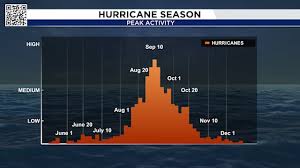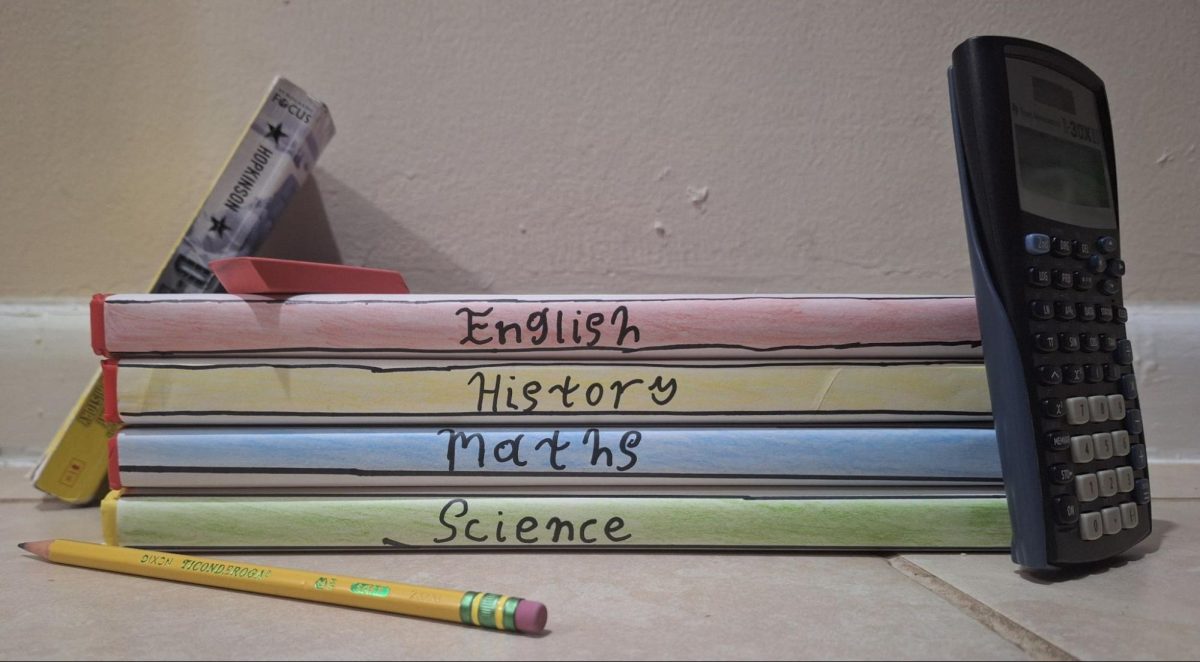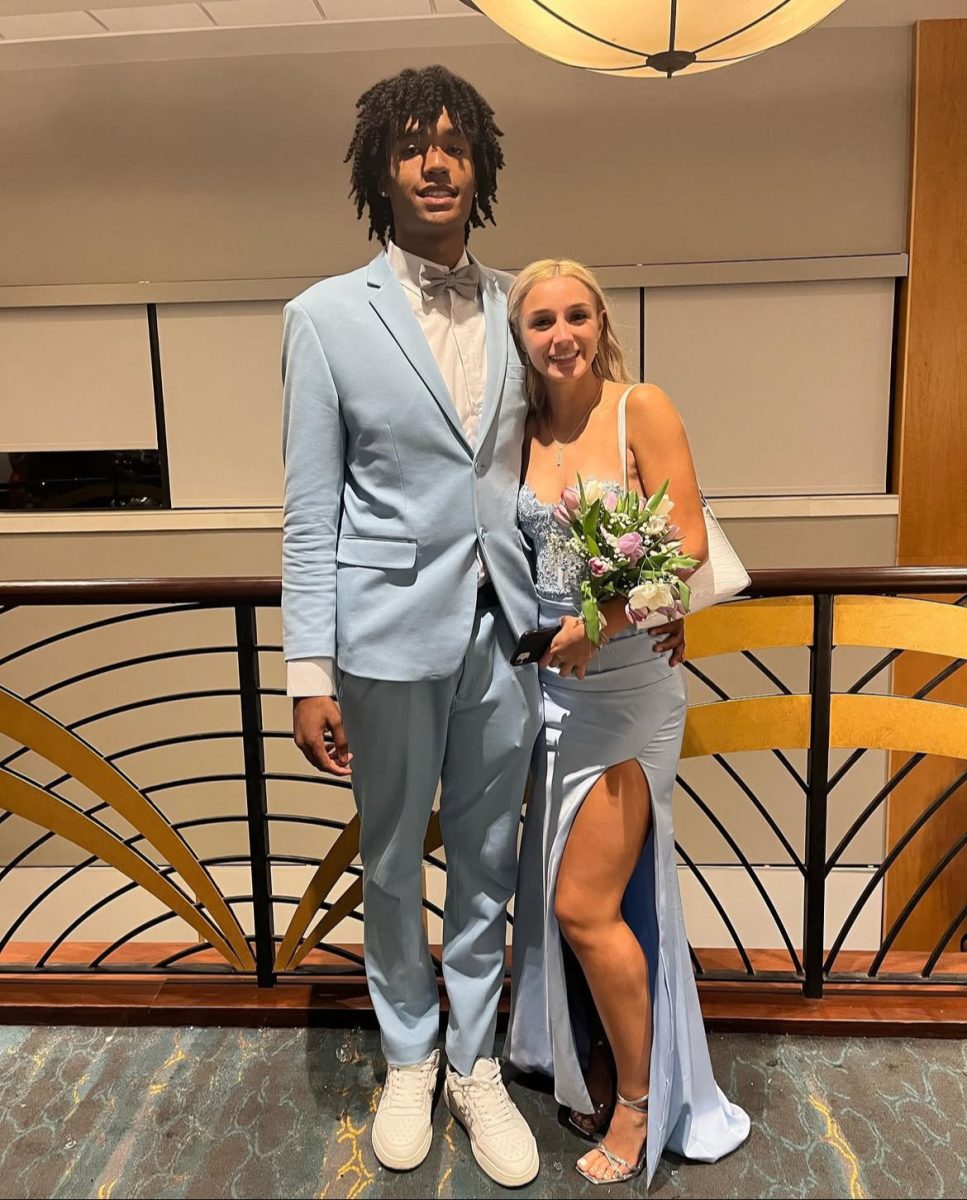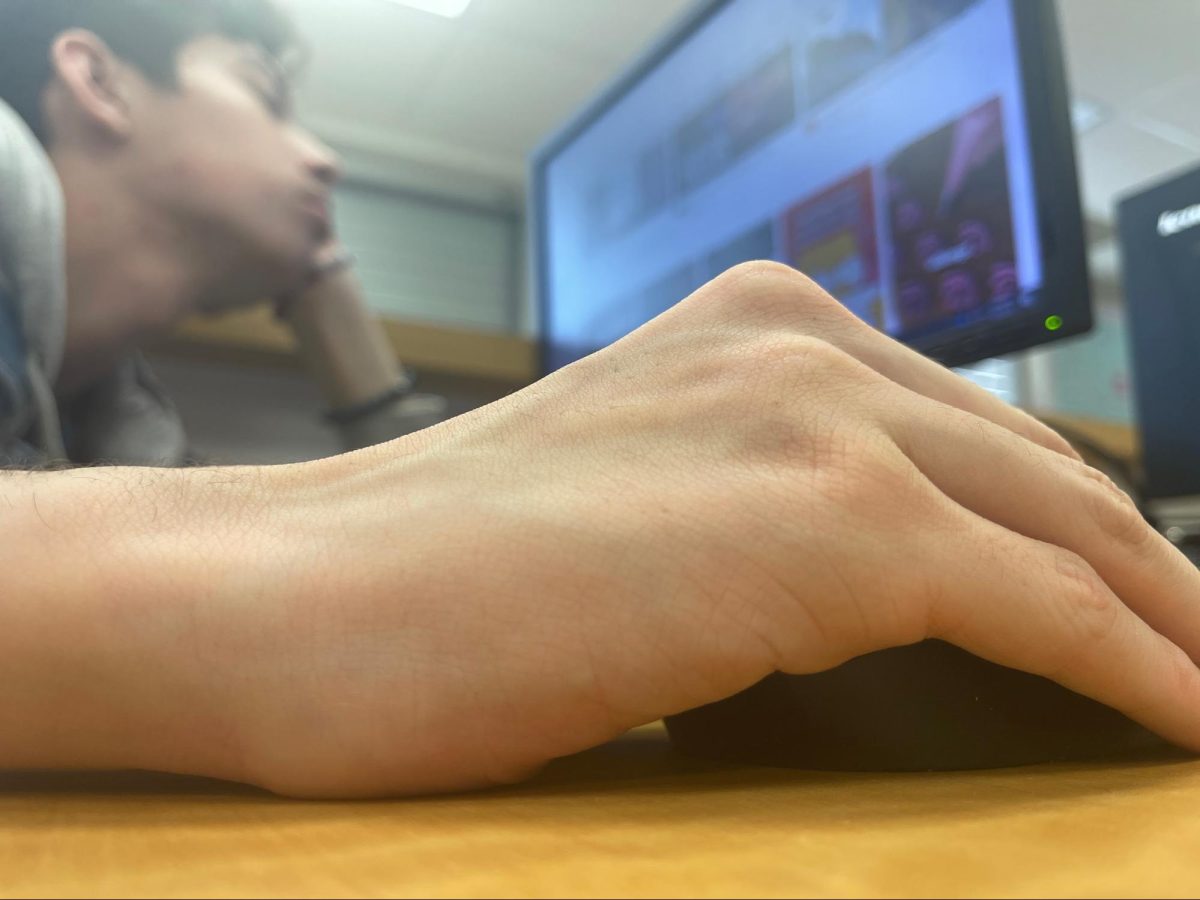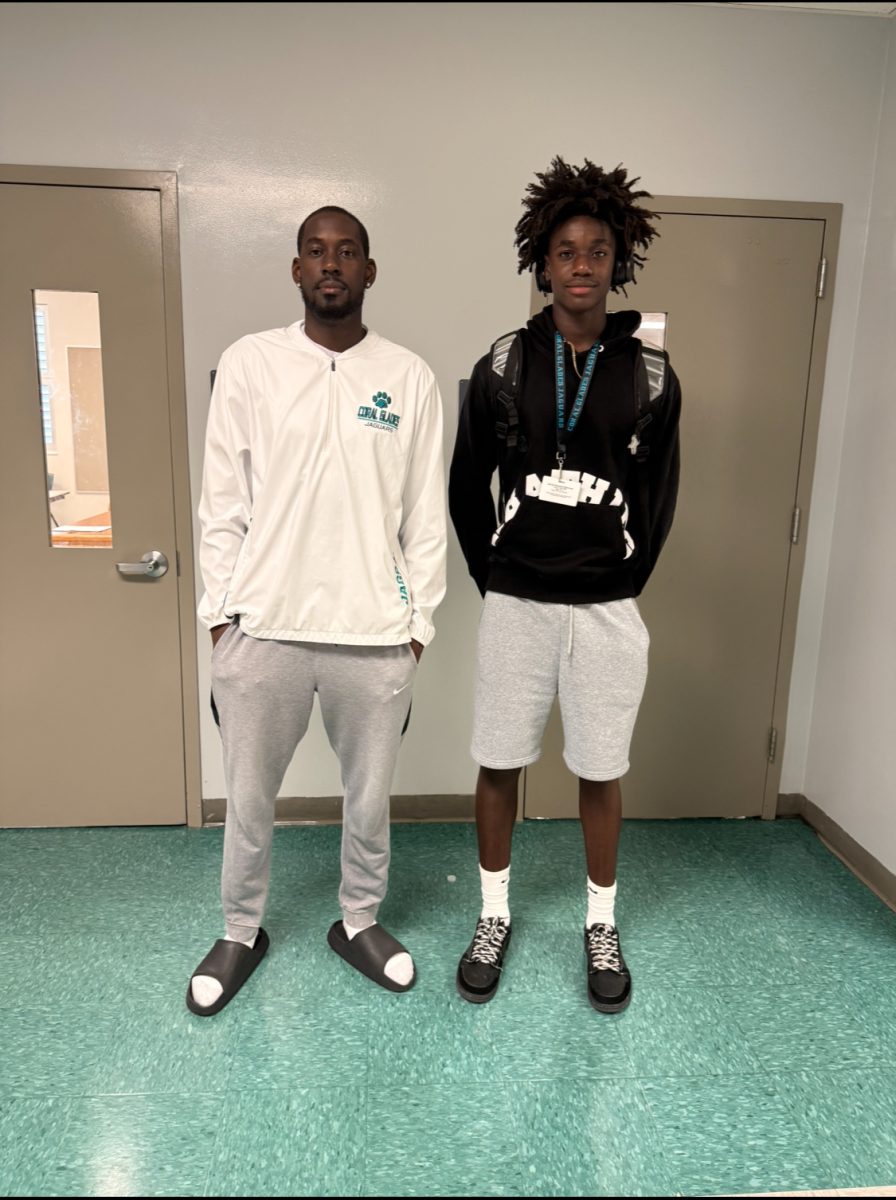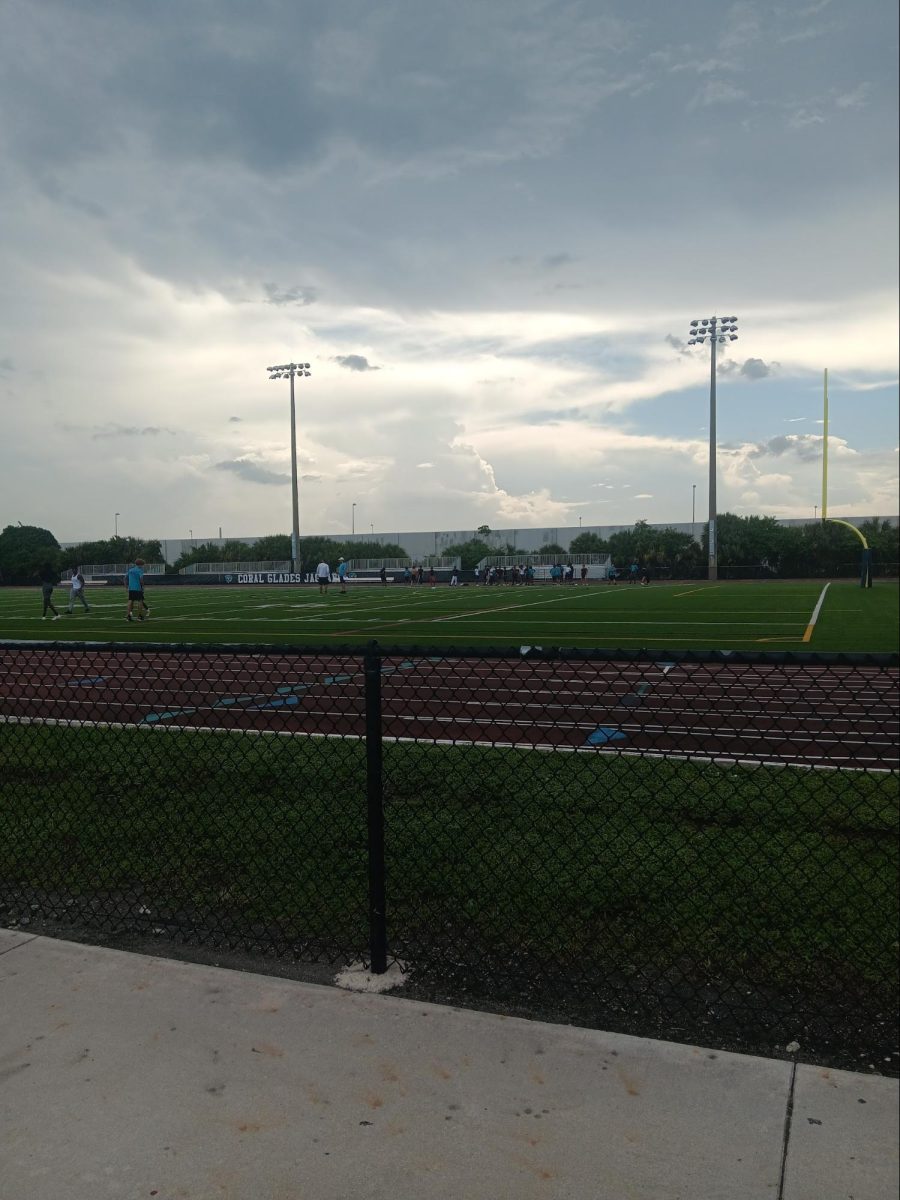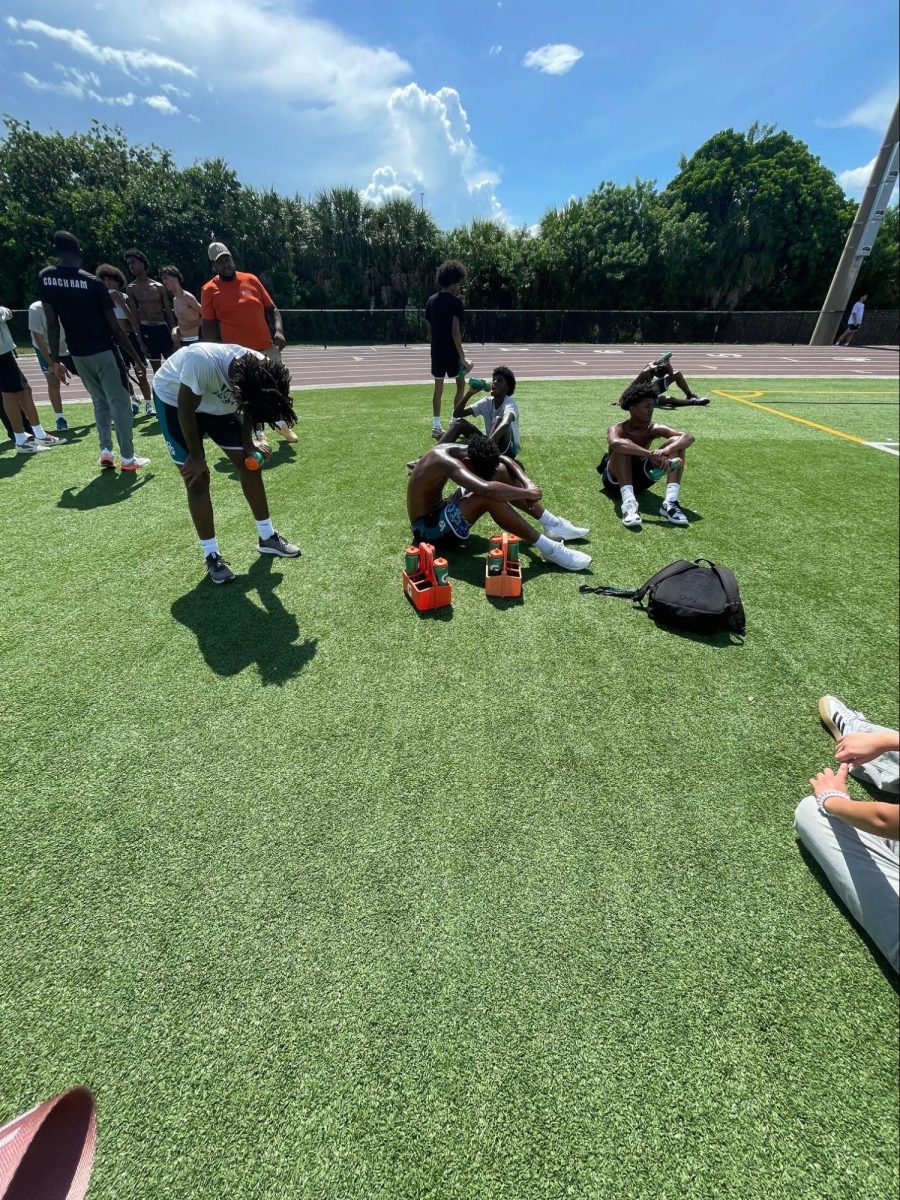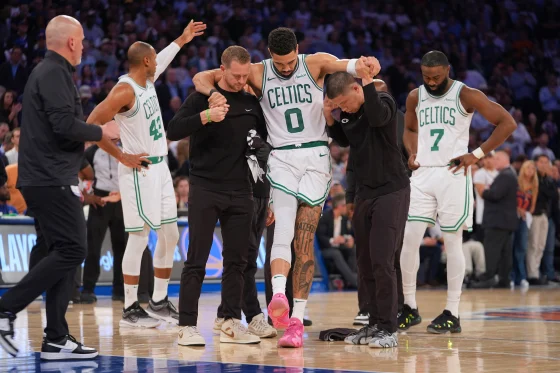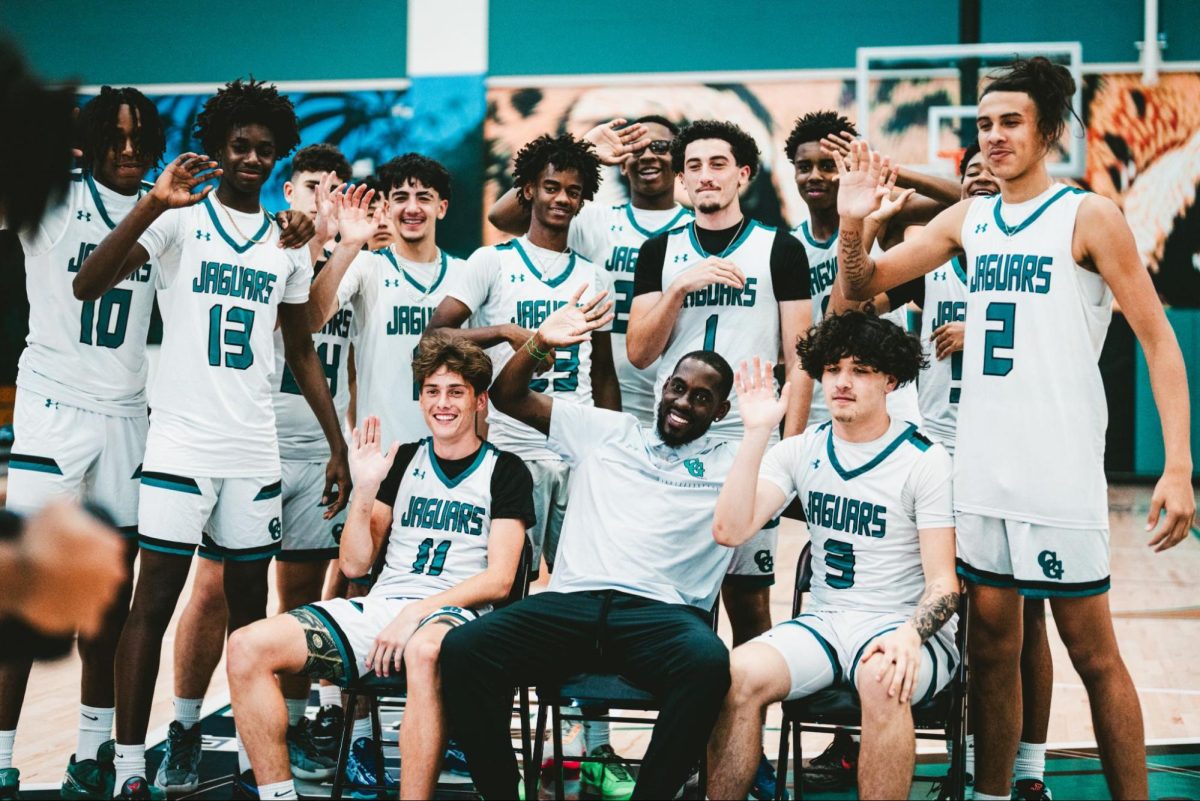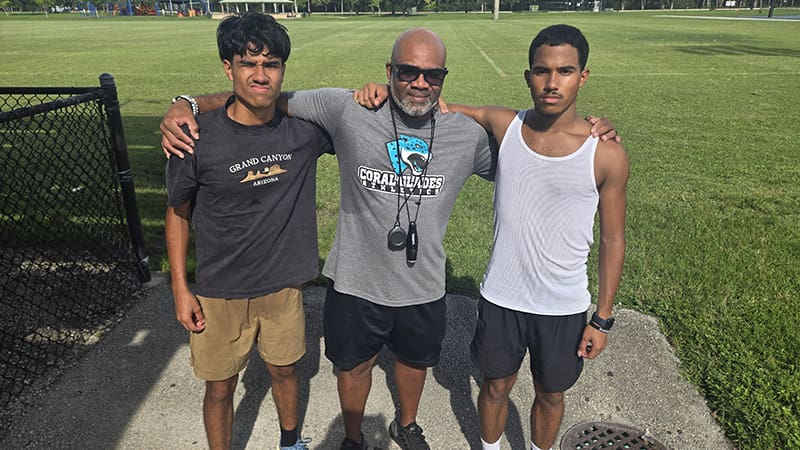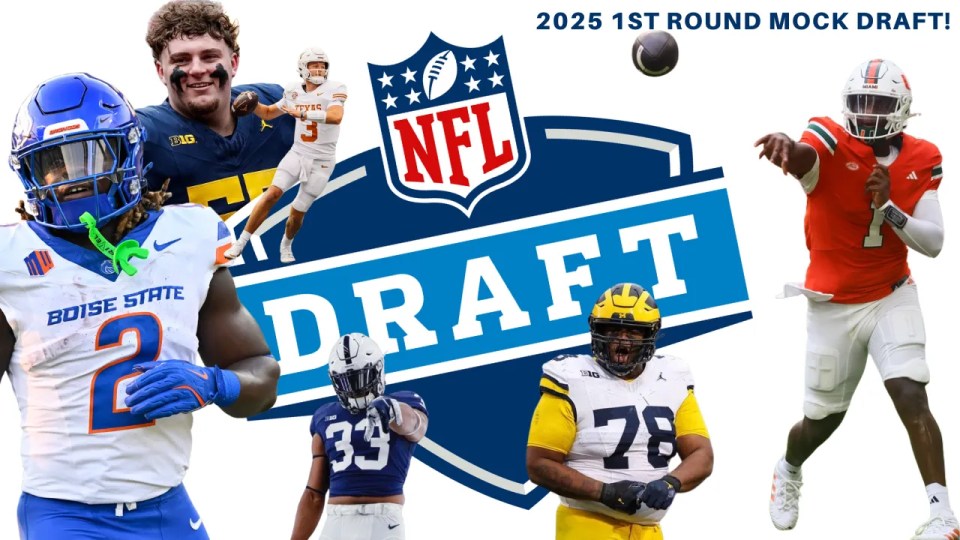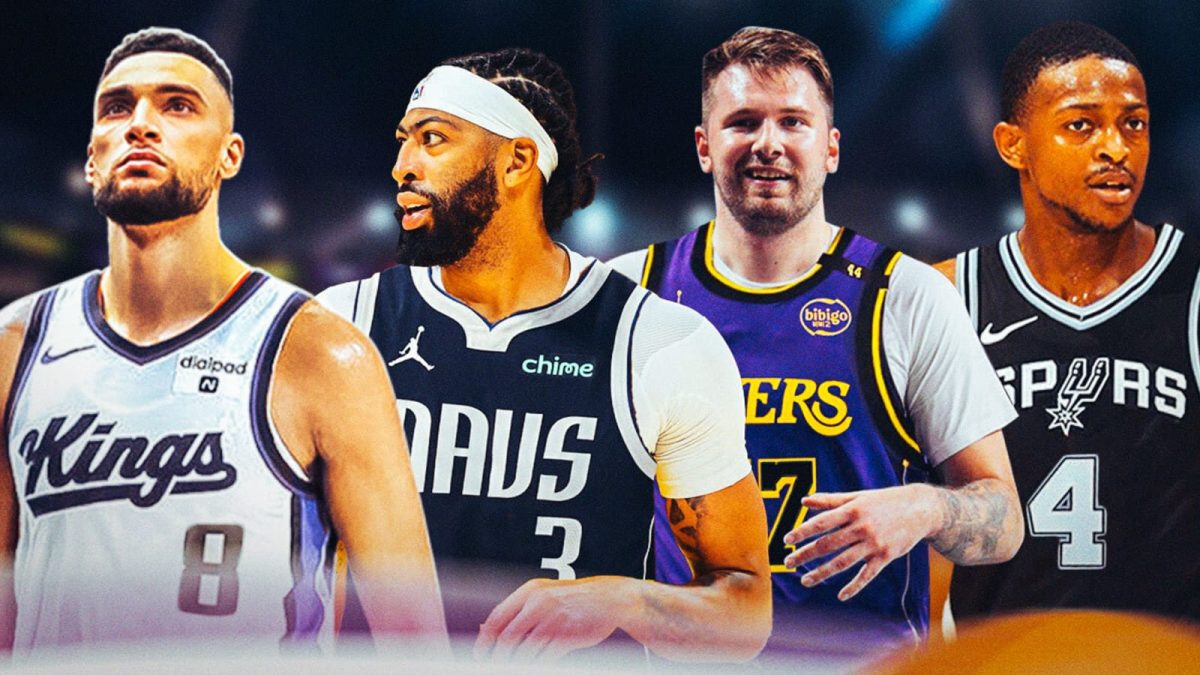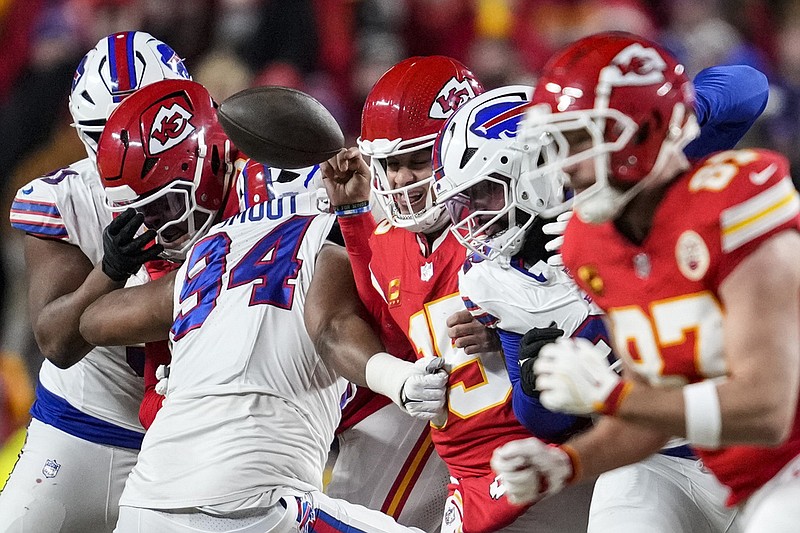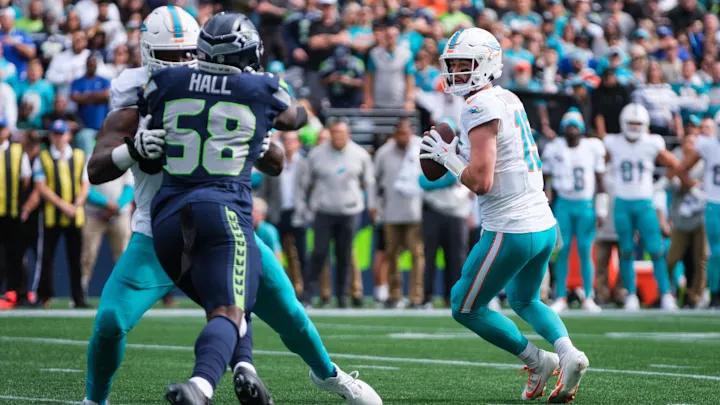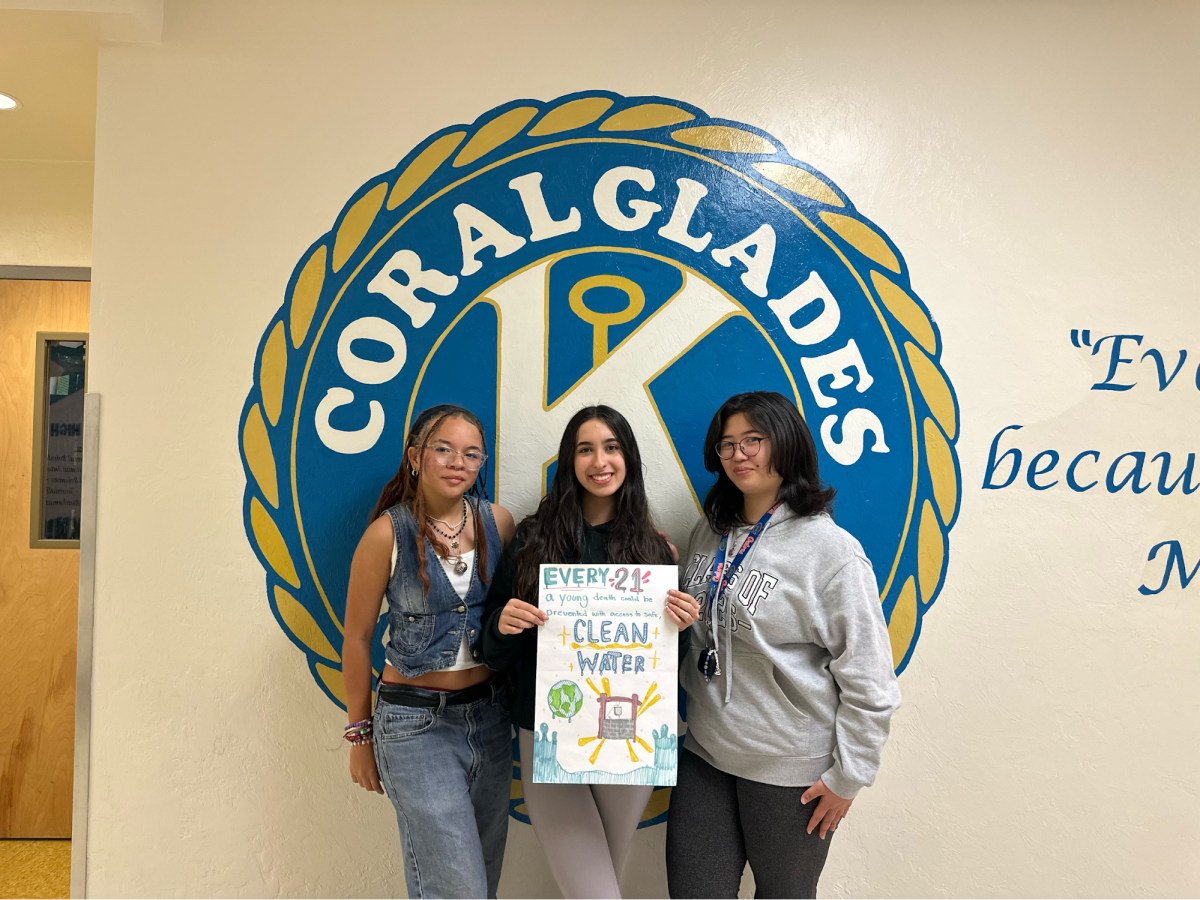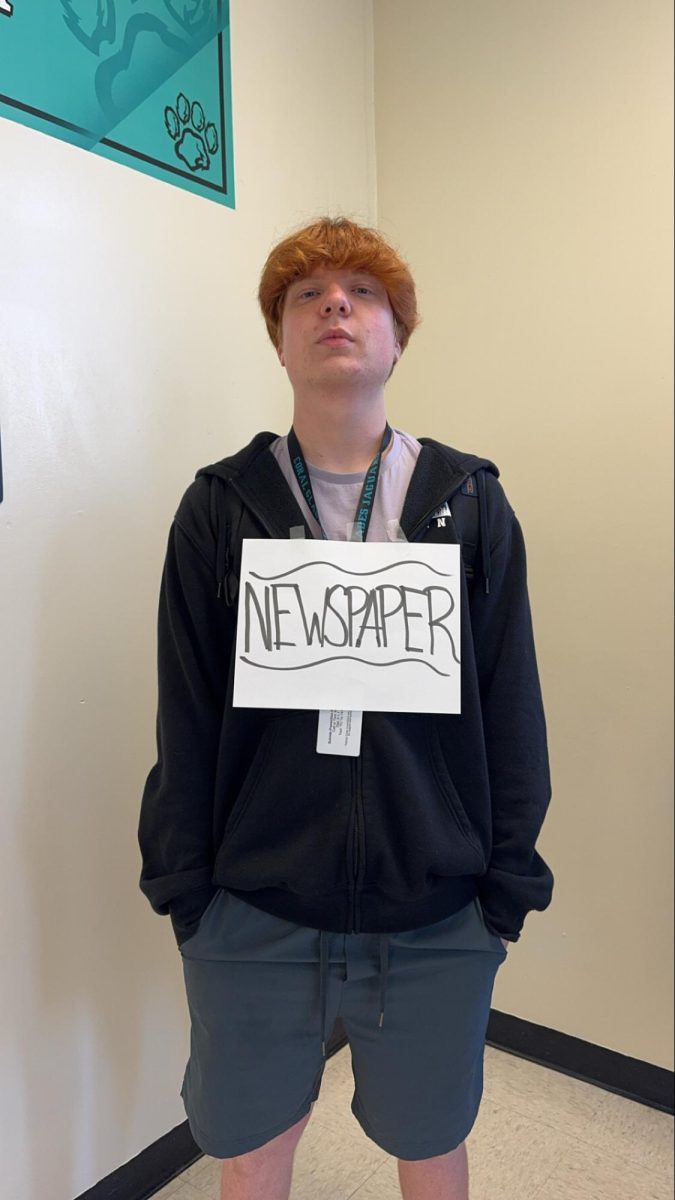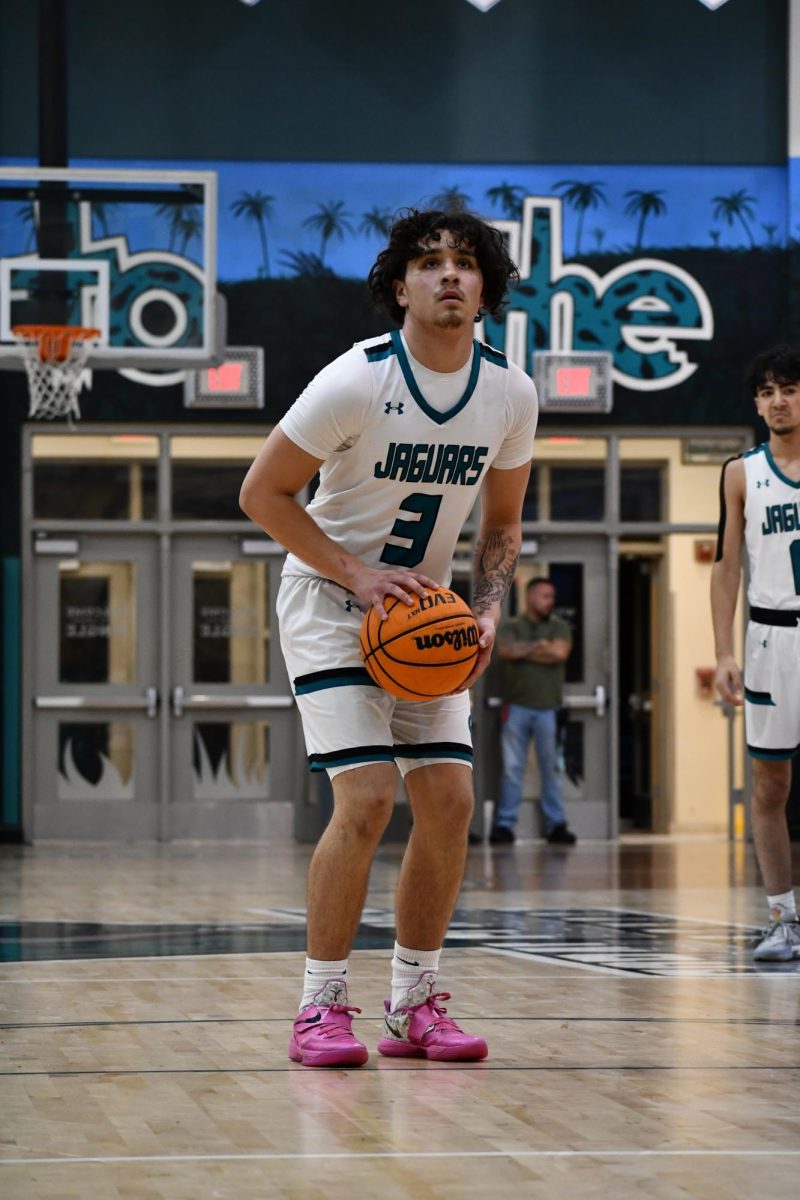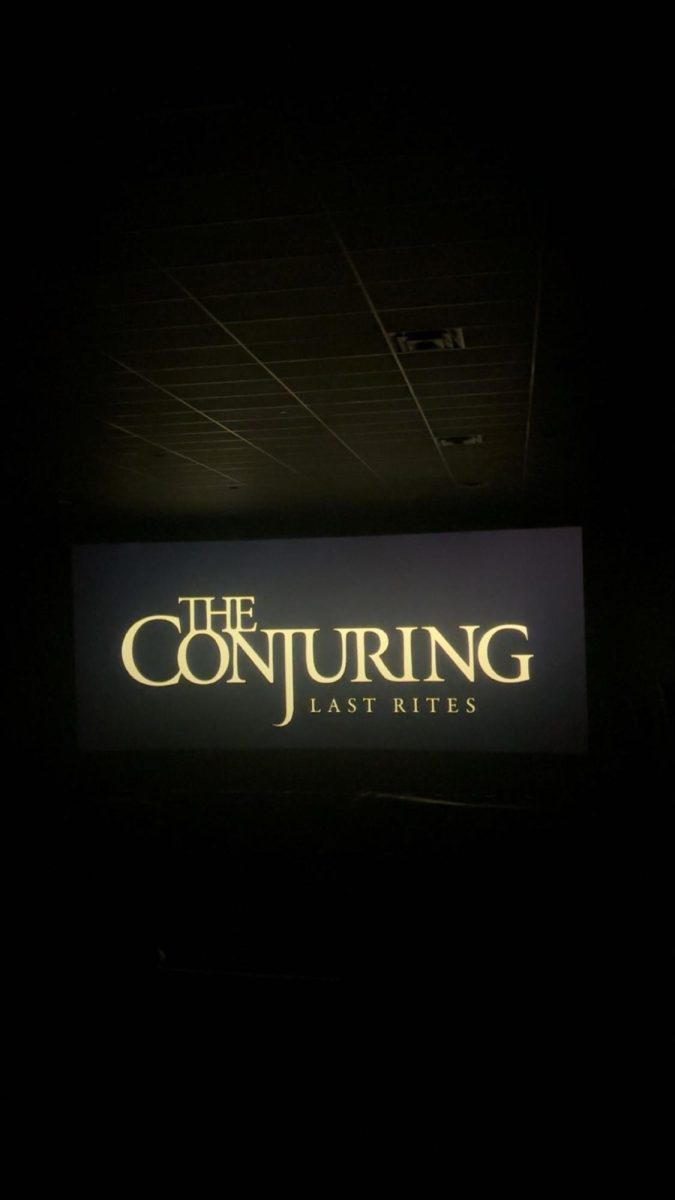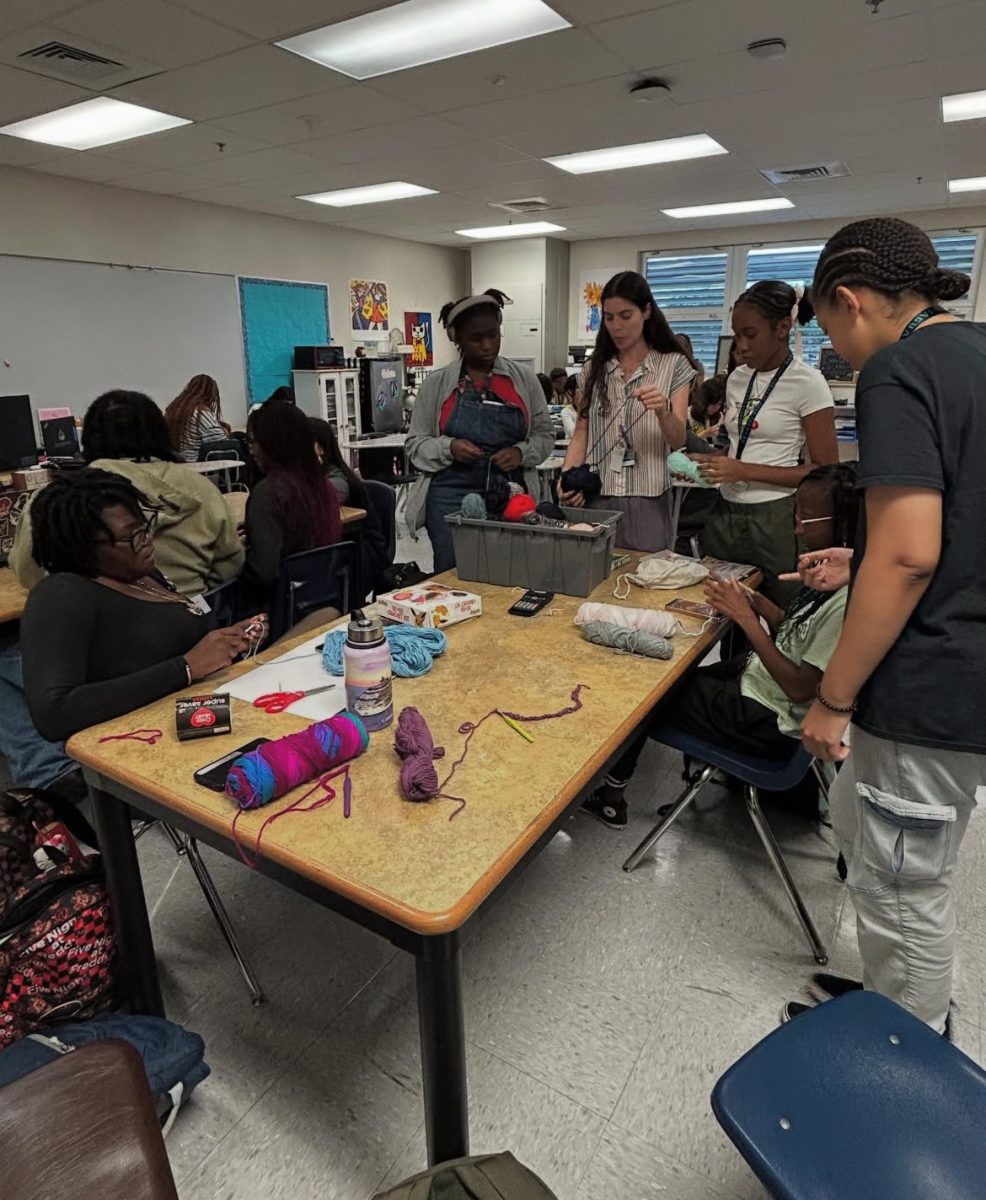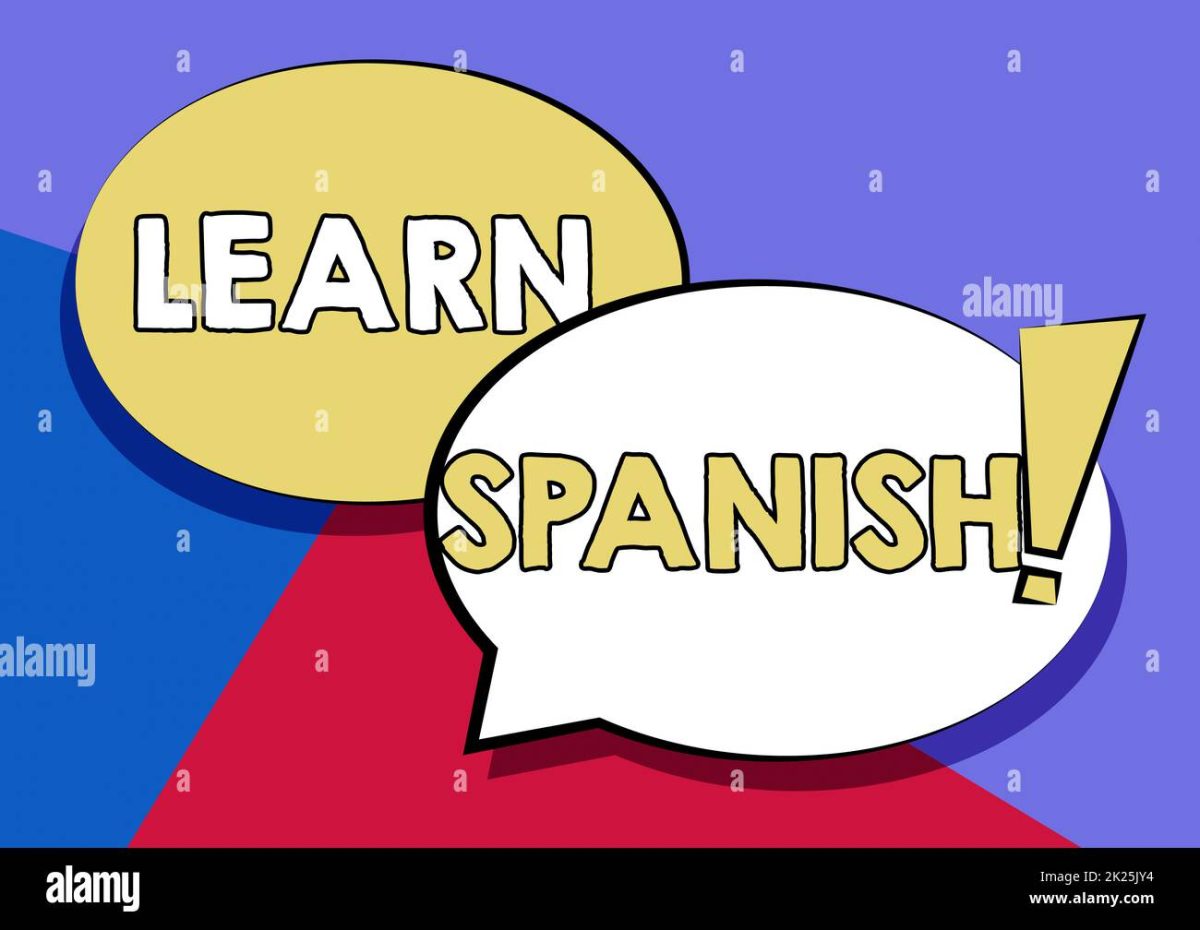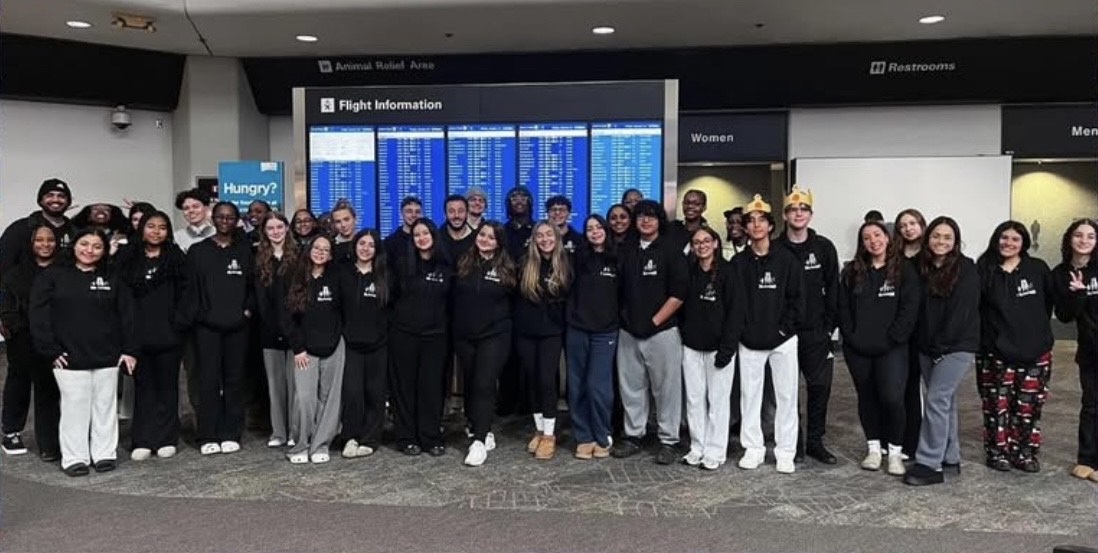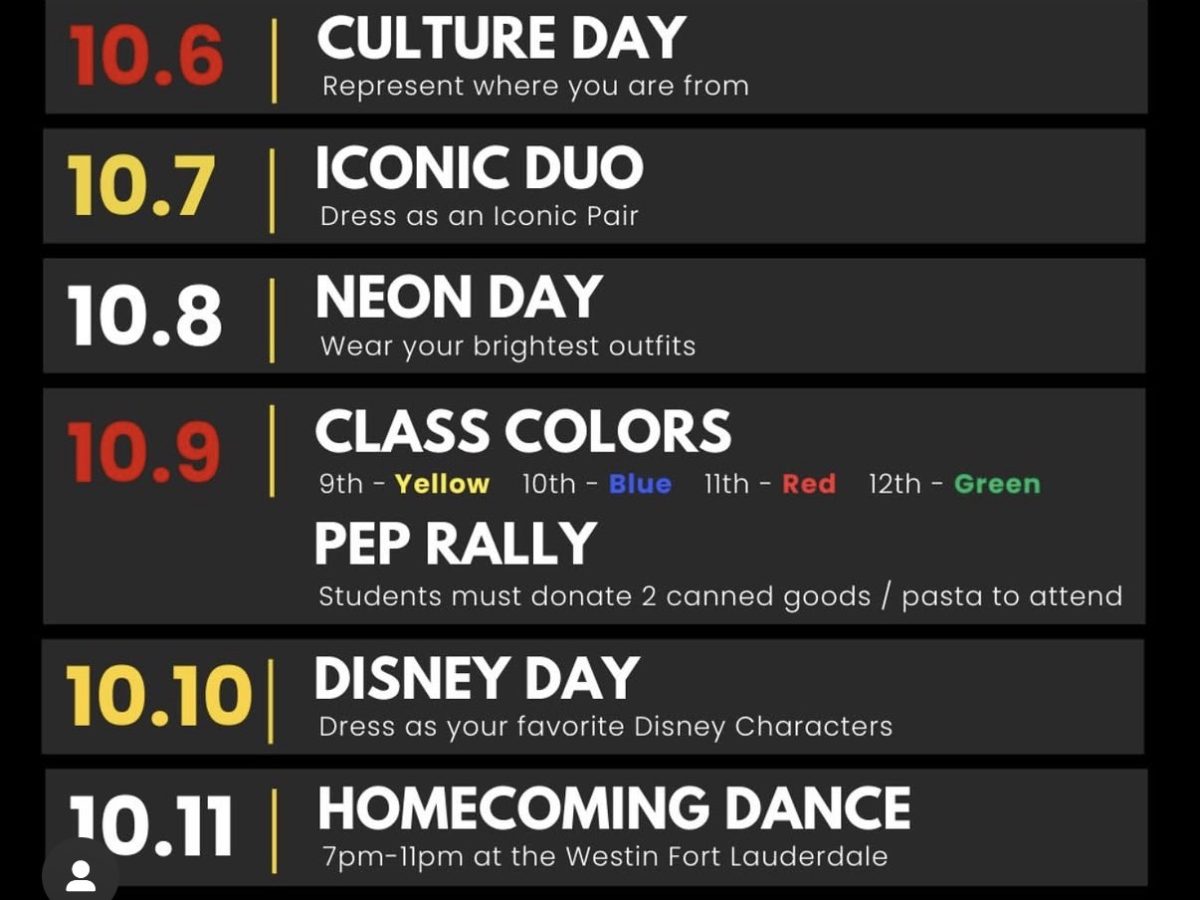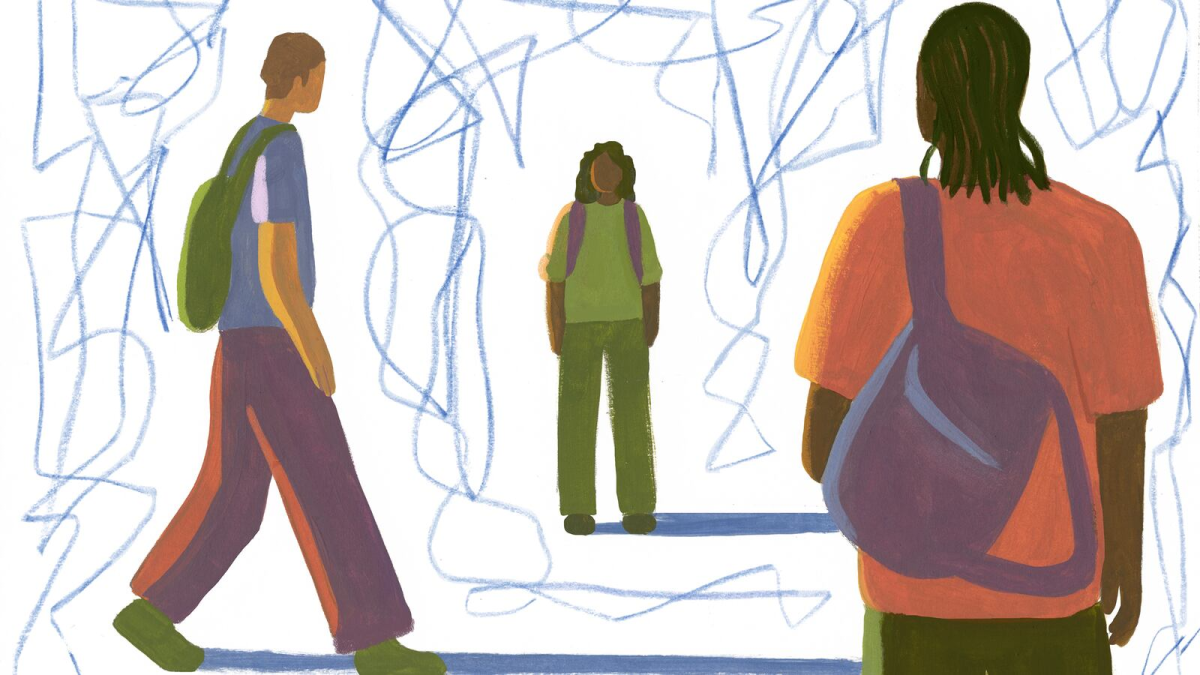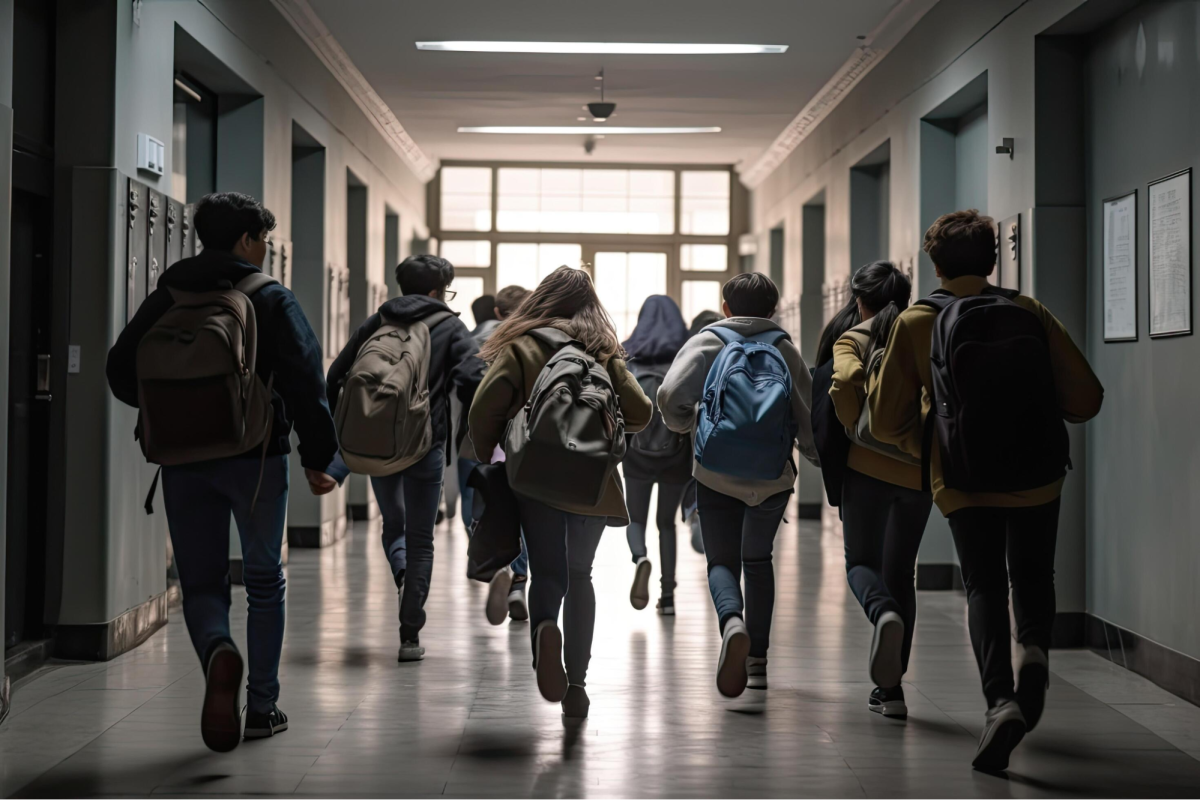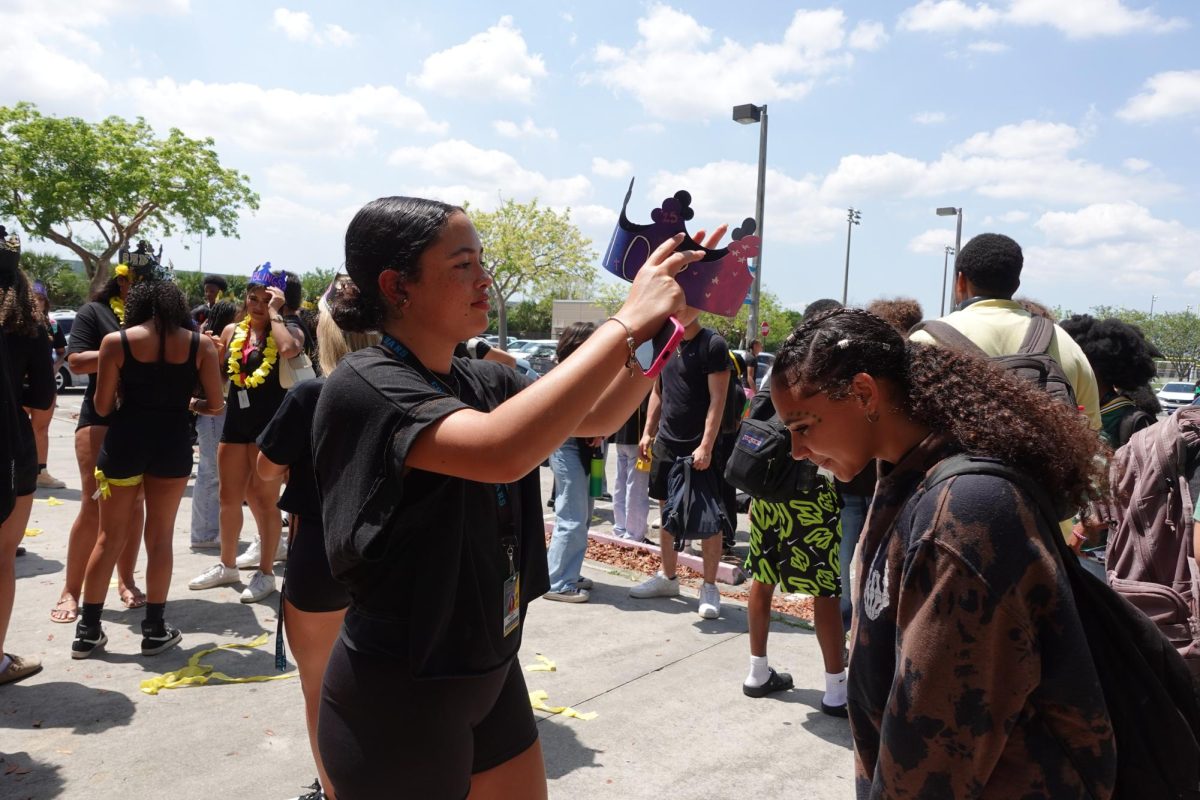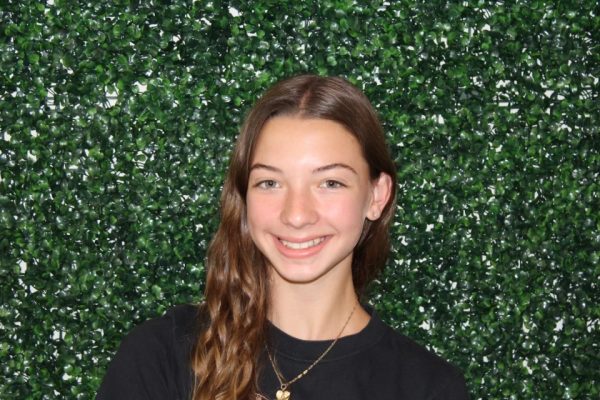
Well, with the growing age of technology-ridden children and schools, it is important that we take a look at the bigger picture and see the true impacts of the devices and their capabilities.
Almost all students have internet access, a verbal survey that was completed by students here at Coral Glades tells us that most students first became introduced to social media very soon after they got their first phone, along with this many said that their first account on a social media platform was created between 5th and 7th grade.
This shows us that from the ripe age of 10 through the approximate age of 13, most students had their first social media account.
I met a student who had only gotten their first Instagram account when they turned 15 if they thought this benefitted them, the student who asked to be kept anonymous, told me “I think that not having social media and not growing up during the most crucial years of my life with the constant comparison to others definitely benefited me. I have no problem being myself, speaking my mind, or saying things as they are. I am very aware of social standards and I choose to defy them every time I say something controversial that I fully believe in. In this way, I believe that not having access to social media until I turned 15 was a great thing for me.”
This student has shown us that even though social media is so involved with our everyday lives that it seems almost impossible to separate it from classes that there is hope for our generation.
But if it is so involved then it must have some kind of influence on our classes, right? Well let’s think back to the last class you were in, does this teacher sponsor a club? Or do they have a flyer with a scannable QR code around their room? Chances are the answer to either or both of these questions is yes.
Gianna Gonzalez, a freshman, told me, “I have a few teachers who sponsor clubs, and all of them have a QR code up, or the social handle posted, and all of my Cambridge classes have the Canvas course QR code set up too.”
Many teachers sponsor a club, clubs have social media pages to promote their cause and activities, therefore the sponsor would want the club to do well, so they post up the social handle as a free plug to their students. This subconsciously will get you thinking about your own social media, whether this is your Instagram feed or your snap story or just something else entirely. But regardless it does.
Along with this the school-focused flyers with QR codes also pose a distraction to the overall learning process. For example, in many high-level classrooms, such as AICE or AP, have flyers posted with the canvas course for Mrs. Luna to keep students involved with their education.
Overall, it is abundantly clear that social media sites such as Instagram, Snapchat, and TikTok still continue to act as heavily influential factors in and out of the classroom and school settings.
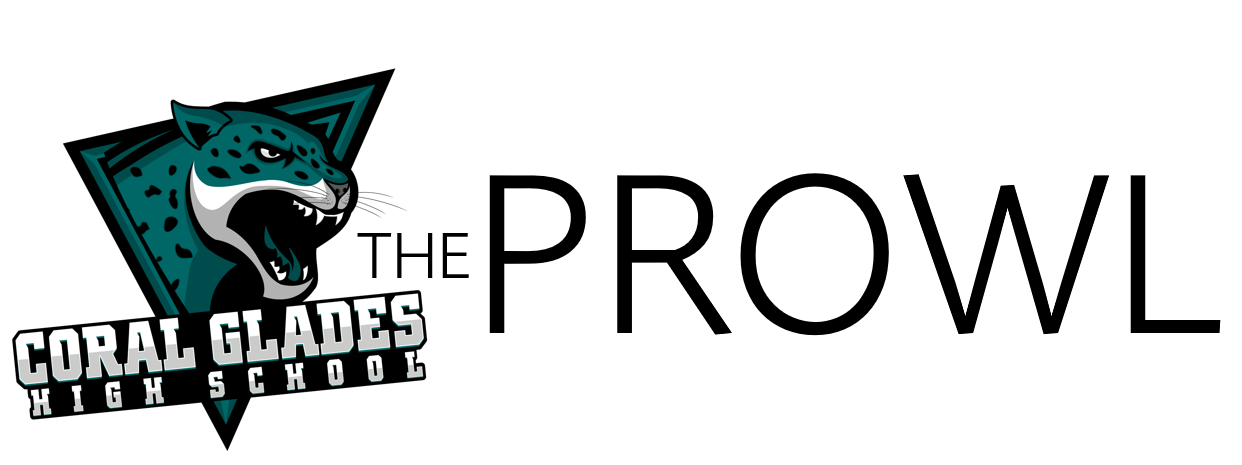
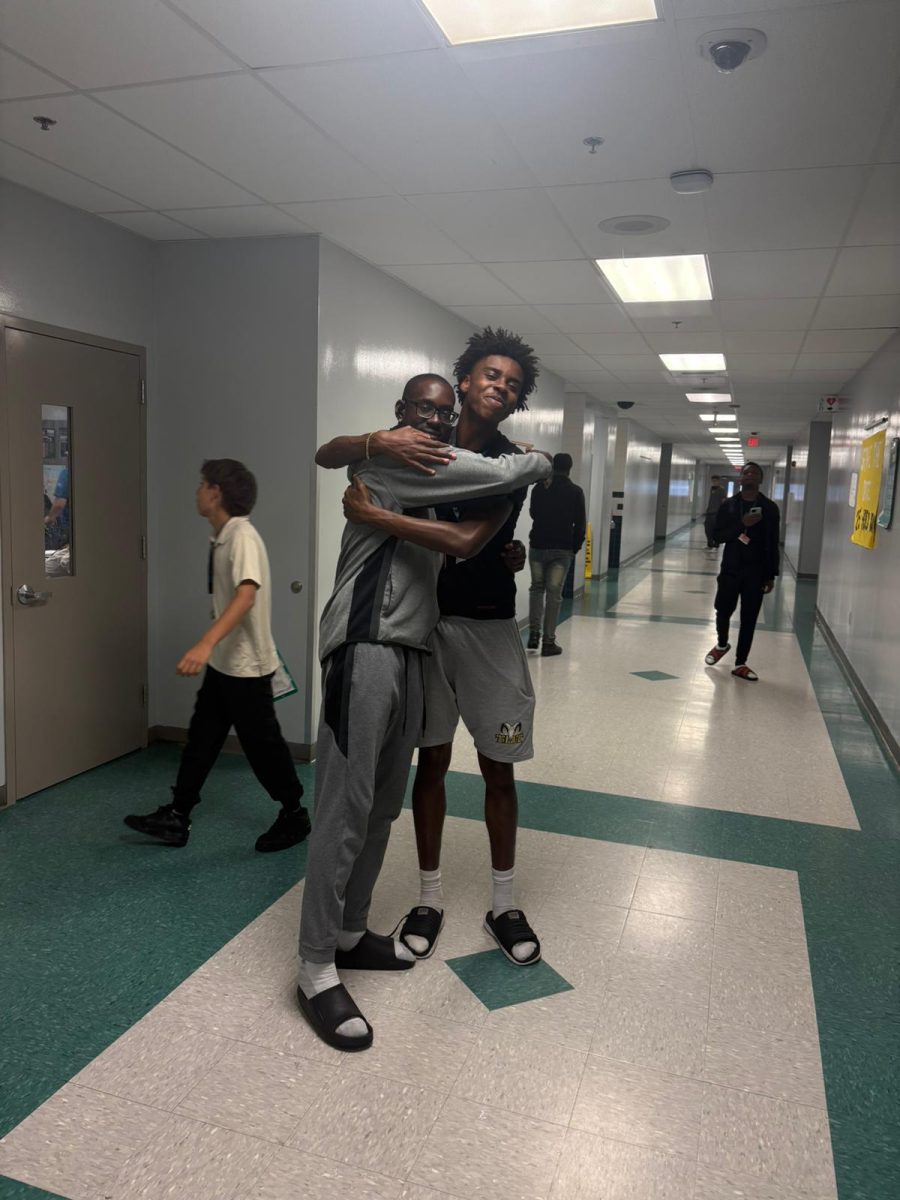


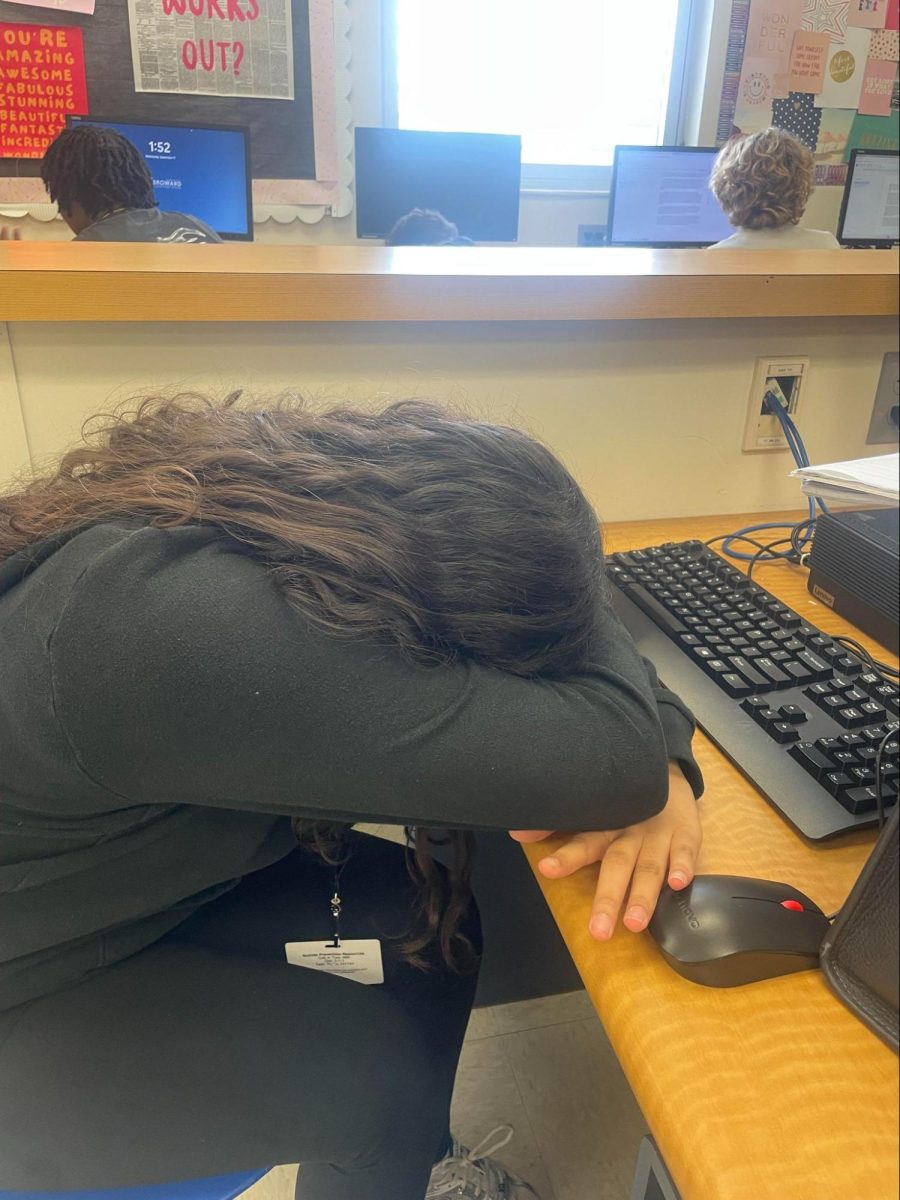
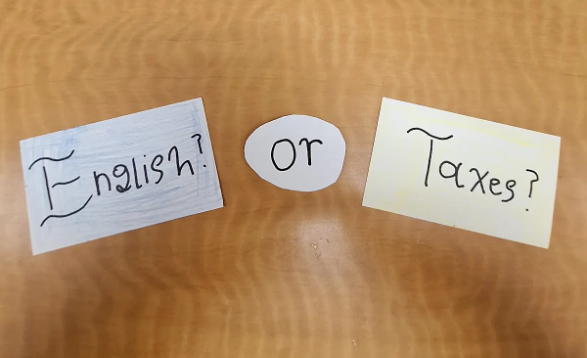

![[Photograph of an Italian sandwich] Photo Creds: https://www.thepioneerwoman.com/food-cooking/recipes/a42398453/italian-sandwich-recipe/](https://cghstheprowl.com/wp-content/uploads/2025/10/image1.png)

